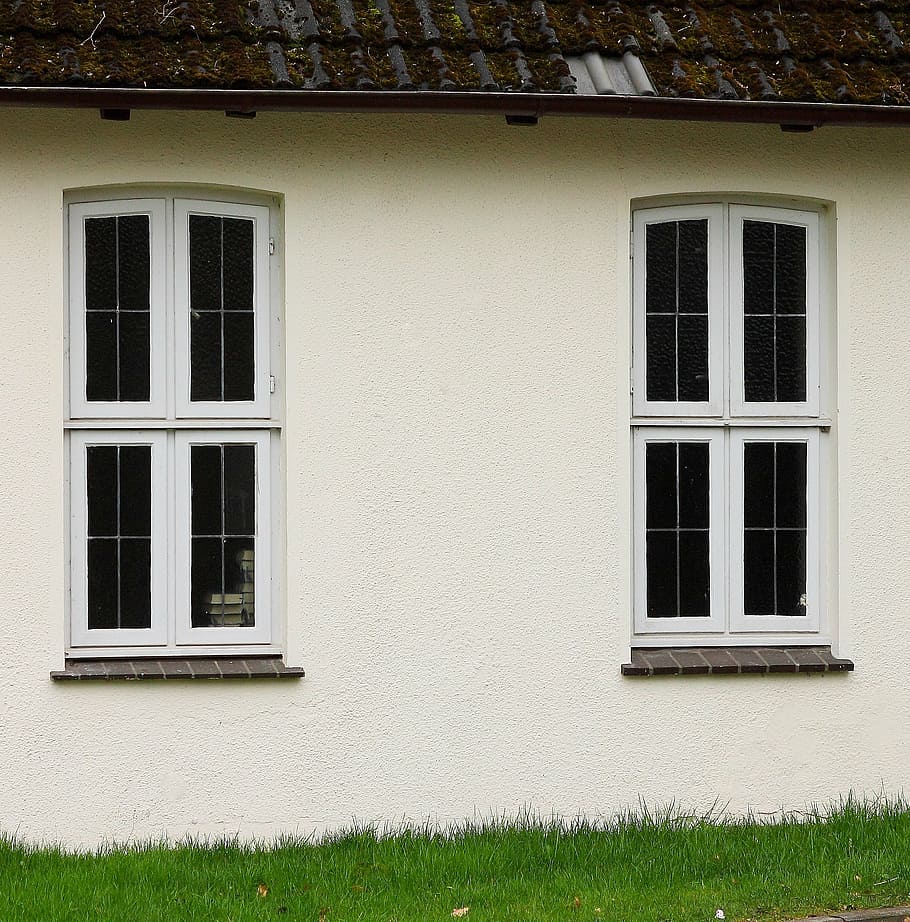A house is built with both load bearing and non-load bearing walls. If you are thinking of removing or altering your home wall, you must first determine which category the wall falls into. This identification is essential because modifying a load-bearing wall isn’t as simple as you think and can compromise your home’s structural stability. This article provides information on the most commonly asked question ‘how to tell if a wall is load bearing’.
Let’s dig in the right!
What Is a Load-Bearing Wall?
Walls that support the weight of a roof structure or floor are called load bearing walls. Whether they are a hundred floors or a single floor, these walls are significant for the buildings; therefore, you can’t modify them easily. On the other hand, a non-load-bearing wall is also called a partition/curtain wall––that can only hold itself up.
You should better consult with a structural engineer or architect who will guide you about your biggest concern how to know if a wall is load bearing.’ However, there are a few ways that would help you determine the type of wall yourself.
5 Ways to Know if a Wall is Load Bearing
1. Understand the Structure
Before you think to restructure your home walls, you must understand that a structural wall carries the weight (from the roof and upper floors of your house) all the way to the foundation. Because this weight is transferred from the upper level to the next level, you can say that load-bearing walls are directly over one another. Exterior walls are always load-bearing because their beams go directly into the concrete foundation. Thus, you must give these walls enough attention, and do not remove them by any means. After all, they bear the weight of every floor.
Note: The thickness and the size of the load-bearing walls depend upon the number of floors you will construct. The greater the number of floors, the thicker, and the larger will be the load-bearing wall. A single mistake in the making of a load-bearing wall can cause the collapse of the whole structure.
2. Start at the Foundation
If you own a house that has an unfinished basement, finding the beams would help you analyze where the weight of the house is resting— typically or a multi-board wood beam— a metal I-beam. A wall directly above those beams is probably load-bearing.
3. Note the Direction of Floor Joists
The load-bearing wall is mostly perpendicular to the floor joist. The problem of ‘how to know if a wall is load bearing’ can be resolved by locating a wall that is perpendicular to floor joists.
4. Look Above
Check if the wall doesn’t have any support or walls directly above it–– it’s far less likely that it’s load-bearing.
5. Call the Engineer
There will probably be blueprints of your house structure, depending on when your house was built. If you know the designer or the engineer of your house structure, then call him to get the blueprints and see yourself which load-bearing wall was and which is not, so you can easily understand your house’s structure and put the weight on suitable areas.
Importance of Load Bearing Walls

Finding a suitable way of living is the primary concern for humanity and the most challenging part these days. The engineers organize many structures and designs before finalizing the building. If you had spent thousands of dollars making a house and the structure is not right, then this construction is not worth your money.
Now, let’s discuss the importance of load-bearing walls as follows:
- When we talk about changing the structure of a building, the first thing that came to the discussion is whether a wall is load bearing or not. The load-bearing wall plays the role of the spinal cord for a building. It bears all the weight of the building from above to bottom.
- The removal of this wall (without expert acknowledgment) is so dangerous that it can collapse your whole house structure in one go. As you know, it supports structural elements like slabs, joists, and many more.
- You can use a long bearing wall both as in the interior or exterior of your house.
- These walls are mostly made up of concrete because a very high-quality material is required for making it.
- Any part of a load-bearing wall that you think to remove must be replaced with suitable structural support (a beam and/or columns) that must be of high quality, suitable to bear the same load that was supported by the long-bearing wall.
Remember, it’s almost impossible to achieve that fresh look in your older house without taking down a few interior or exterior walls. Since some of those walls act like a pillar for the rest of the house standing, it’s vital to identify how load-bearing walls work and how you can change it without inviting any potentially disastrous consequences.
FAQs
Q: Can load-bearing walls be removed?
Yes, load-bearing walls can be removed, but it is important to ensure that proper support is put in place to compensate for the weight of the structure above. This often requires the installation of a beam or other structural element to redistribute the load.
Q: What happens if a load-bearing wall is removed without proper support?
Removing a load-bearing wall without proper support can lead to structural damage, including sagging floors, cracked walls and ceilings, and even collapse. It is important to consult with a professional before attempting to remove a load-bearing wall.
Q: How much does it cost to remove a load-bearing wall?
The cost of removing a load-bearing wall can vary widely depending on a variety of factors, including the size and location of the wall, the complexity of the project, and the cost of any necessary structural elements to support the weight of the structure above. It is best to get a quote from a professional contractor or structural engineer.
Q: Do all load-bearing walls run from the foundation to the roof?
Not all load-bearing walls run from the foundation to the roof. Some load-bearing walls may only support a portion of the structure, such as a beam or section of a floor. It is important to consult with a professional to determine the exact load-bearing elements of a building.
Q: How can I strengthen a load-bearing wall?
A structural engineer can suggest ways to strengthen a load-bearing wall, such as adding steel beams or columns, or increasing the size of the wall’s studs or framing.
Q: What is the difference between a load-bearing wall and a shear wall?
A load-bearing wall supports the weight of the structure above it, while a shear wall resists lateral forces such as wind or seismic activity. A wall can be both load-bearing and a shear wall, depending on its location and the structural needs of the building.
Final Thoughts
How to tell if a wall is load bearing is the most common question asked by people. For those homeowners who do not know structural calculations, it’s not an exact science, but with a few simple clues, you can understand the principles behind load-bearing walls, which would help you evaluate when to call in the pros.
Thus, load-bearing walls are the heart of every building structure. And, to make your building more weight resistant and durable, we suggest you never compromise on the material’s quality.
Thank you for reading!
If you like this article, don’t forget to share it with others.














